Lecture 1 Introduction
August 22, 2022
US passed historical climate bill
How to evaluate its impact to the emission reduction?

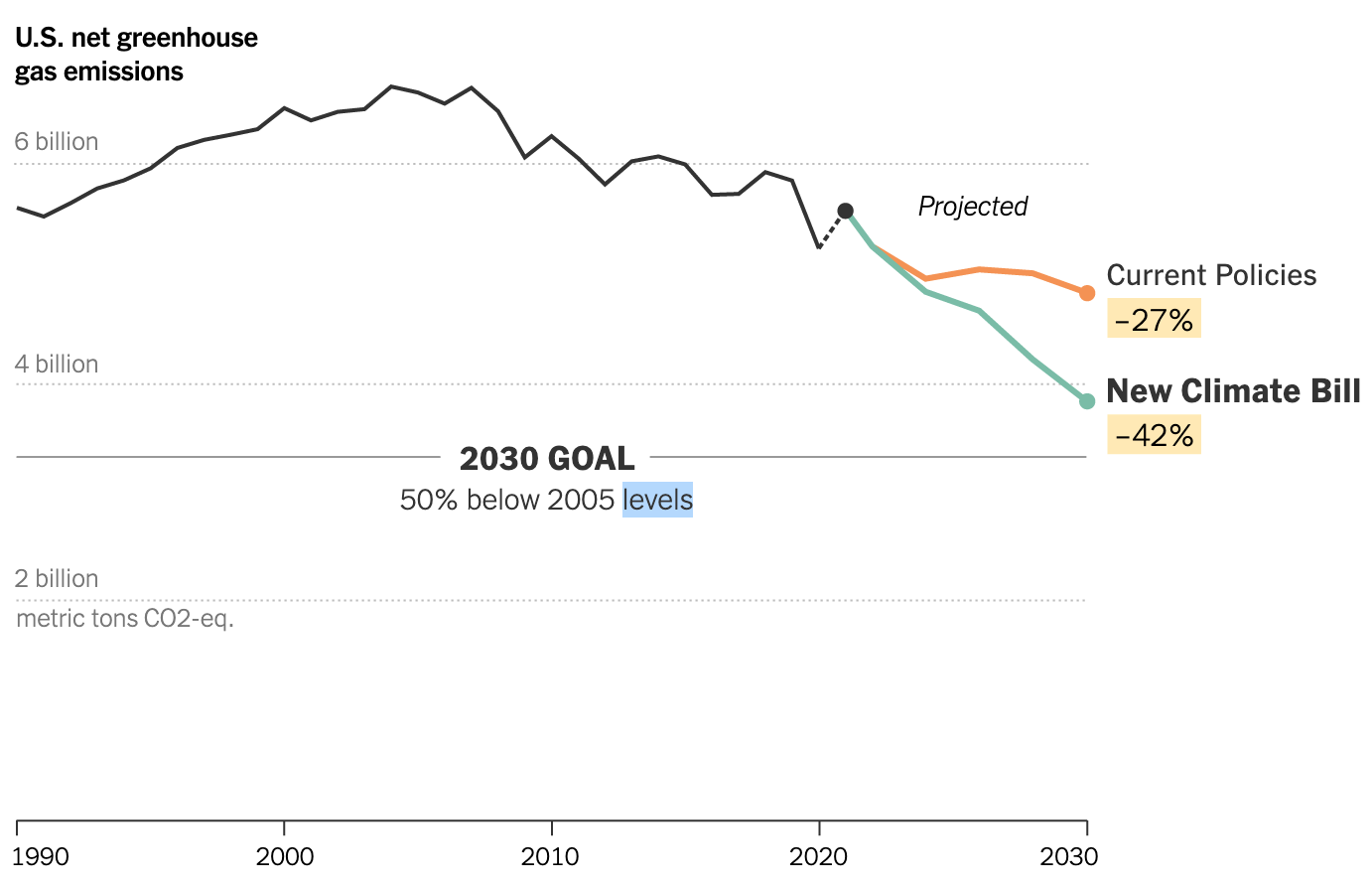
Source: Source: Washington Post, NY Times
Why EST603?
- Quantitative skills/tools
- Research
- Jobs
- Evidence based energy/environmental policy making
Organization
- Syllabus
- Brightspace
- Course website: https://drganghe.github.io/est603-energy-systems-analysis-2022-fall/
- Homework (4): 40%
- Proposal: 10%
- Final presentations: 20%
- Final paper/policy memo: 30%
Contents
- Energy systems
- Data
- Economics
- Technology
- Supply
- Demand
- Power
Tools/skills
Data analysis
Economic analysis
Life cycle analysis
Energy-economy-environment (nexus)
Start with two quotes
George Box:
All models are wrong, but some are useful.
Albert Einstein:
Everything should be made as simple as possible, but not simpler.
What is energy systems analysis
We also call it energy modeling, using computing models to simulate, design, and operate energy systems. Answering questions such as:
- What will be our energy demand?
- What technology to invest to satify that demand?
- What infrastructure do they require?
- Where/when should we build?
- What are the environmental/climate impacts?
- How much will it cost?
Read more from Tom Brown
Why models
- Prediction/Projection
- Simulation
- Optimization
- Control
- Stochastic/dynamic
- Policy: Scenarios
Models help us think
Modeling is hard
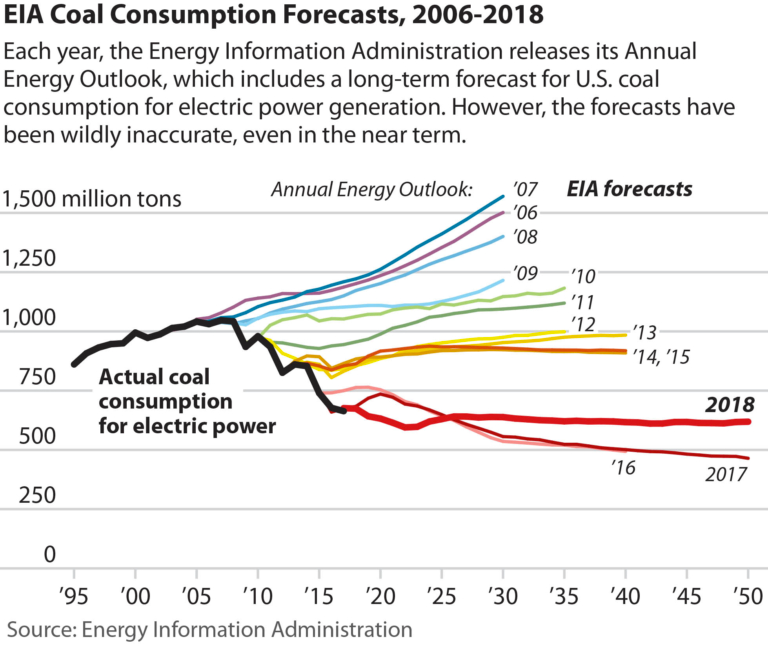
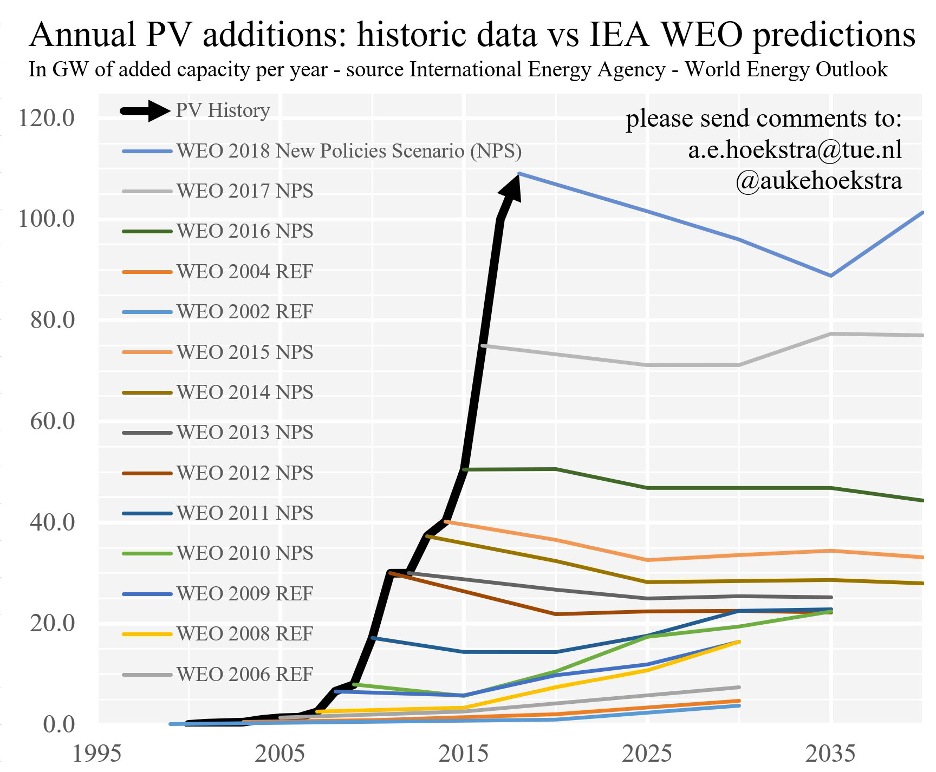
Why?
Risk: System structural change could break our core data and assumptions that are based on historical experience. Example: shale gas revolution.
Uncertainty: The exact timing and character of pivotal events and technology changes is unpredictable. Example: renewables cost changes, fussion.
Read more from Jon Koomey
Why: energy systems are complicated

Source: EIA
The Energy Trillemma: Balancing trade-offs
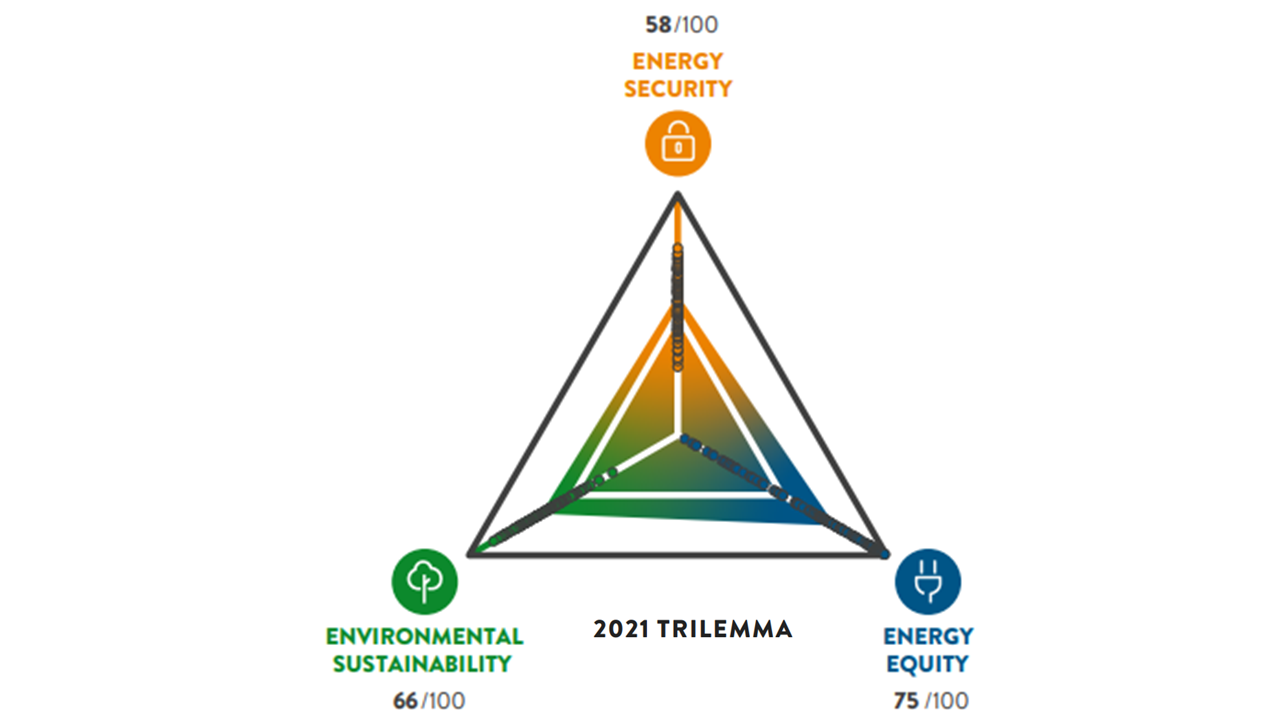
Energy security: Ensure reliable energy supply
Energy equity: Provide universal access to reliable, affordable, and abundant energy
Environmental Sustainability: Avoid environmental harm or climate impact
Those goals sometimes conflict with each other, and decisions has to make trade-offs between them
Source: World Energy Council
Energy, economy, and environment

Economy: Decent living? Growth? Degrowth?
Environment: Emissions, ecosystems constraints/goals
Energy: Work within constraints
Source: ICMA
Energy great achievement

Source: National Academies
Energy grand challenges: SDGs

Source: UN
Energy grand challenges: net-zero
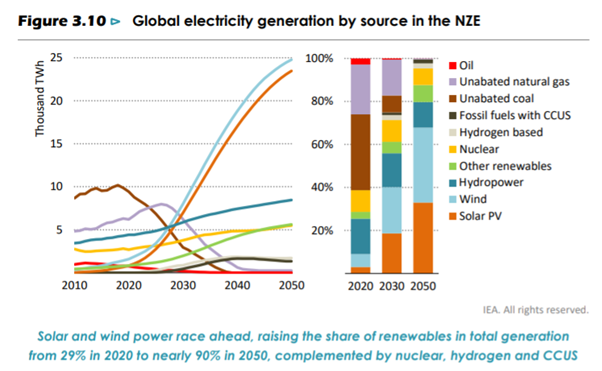
Source: IEA (2021)
Modeling can be useful/insightful (an example)
- Build the structure
- Demonstrate the relation
- Visualize the changes
- Inform the impacts
Renewables are achieving grid parity: a structural change
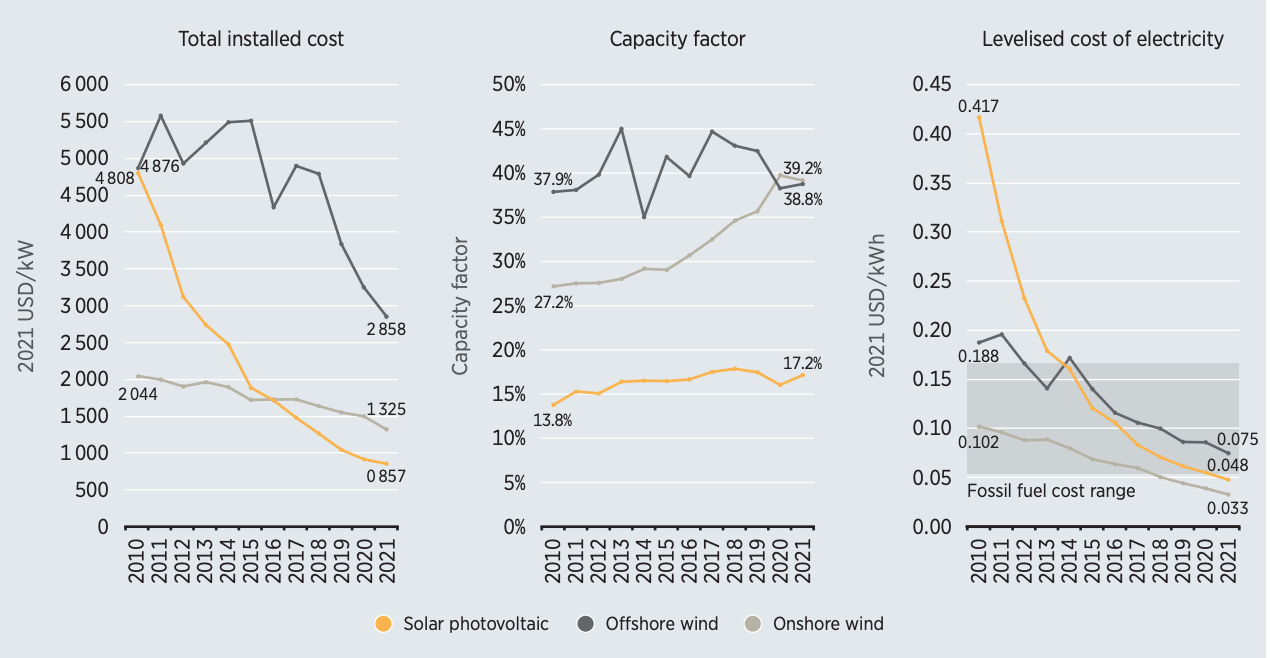
Source: IRENA (2021)
Implications are profound

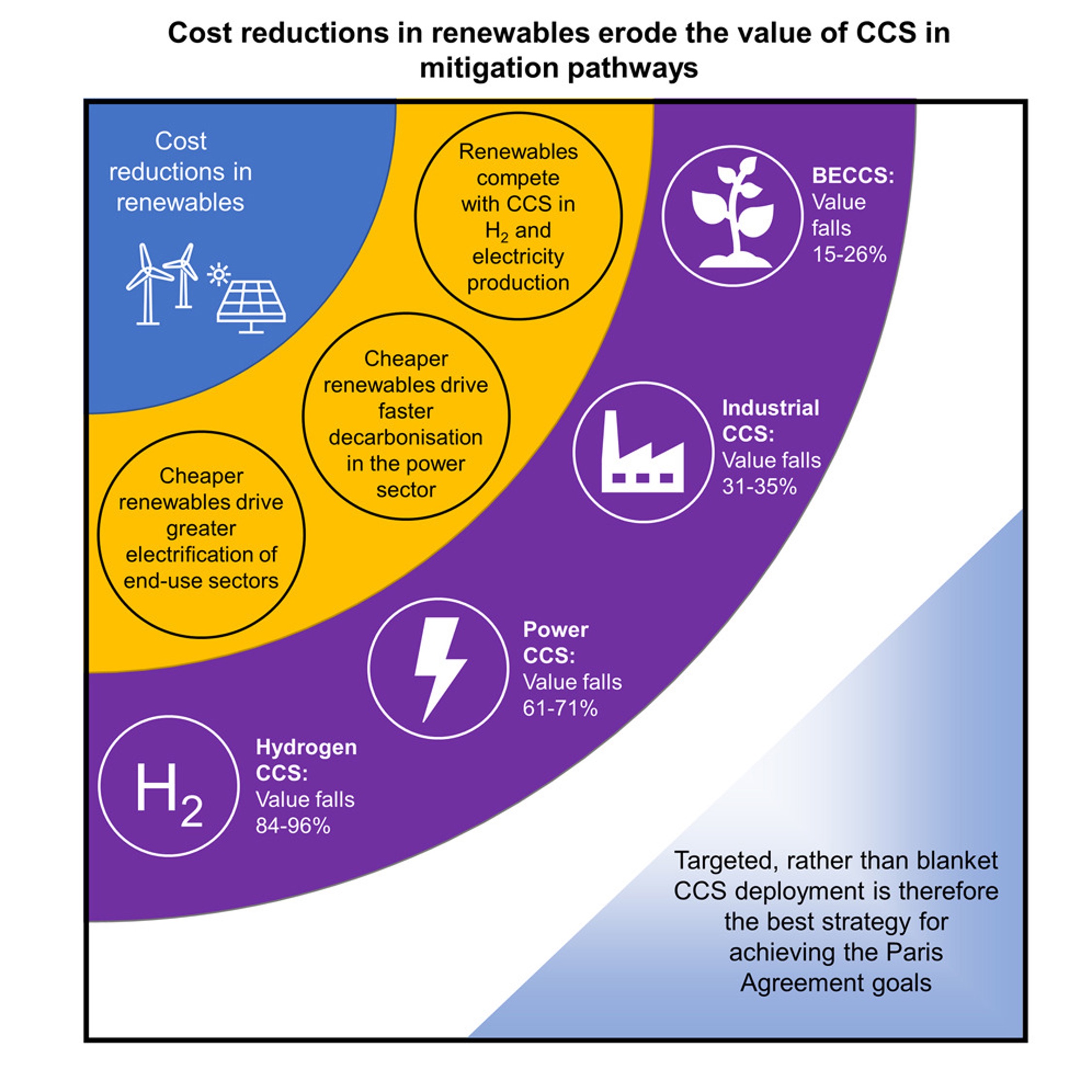
End with two quotes
Bill Hogan:
It is not the individual results of a model that are so important; it is the improved user appreciation of the policy problem that is the greatest contribution of modeling.
Huntington, Weyant, Sweeney “Modeling for insights, not numbers”:
The primary goal of policy modeling should be the insights quantitative models can provide, not the precise-looking projections –i.e. numbers – they can produce for any given scenario.